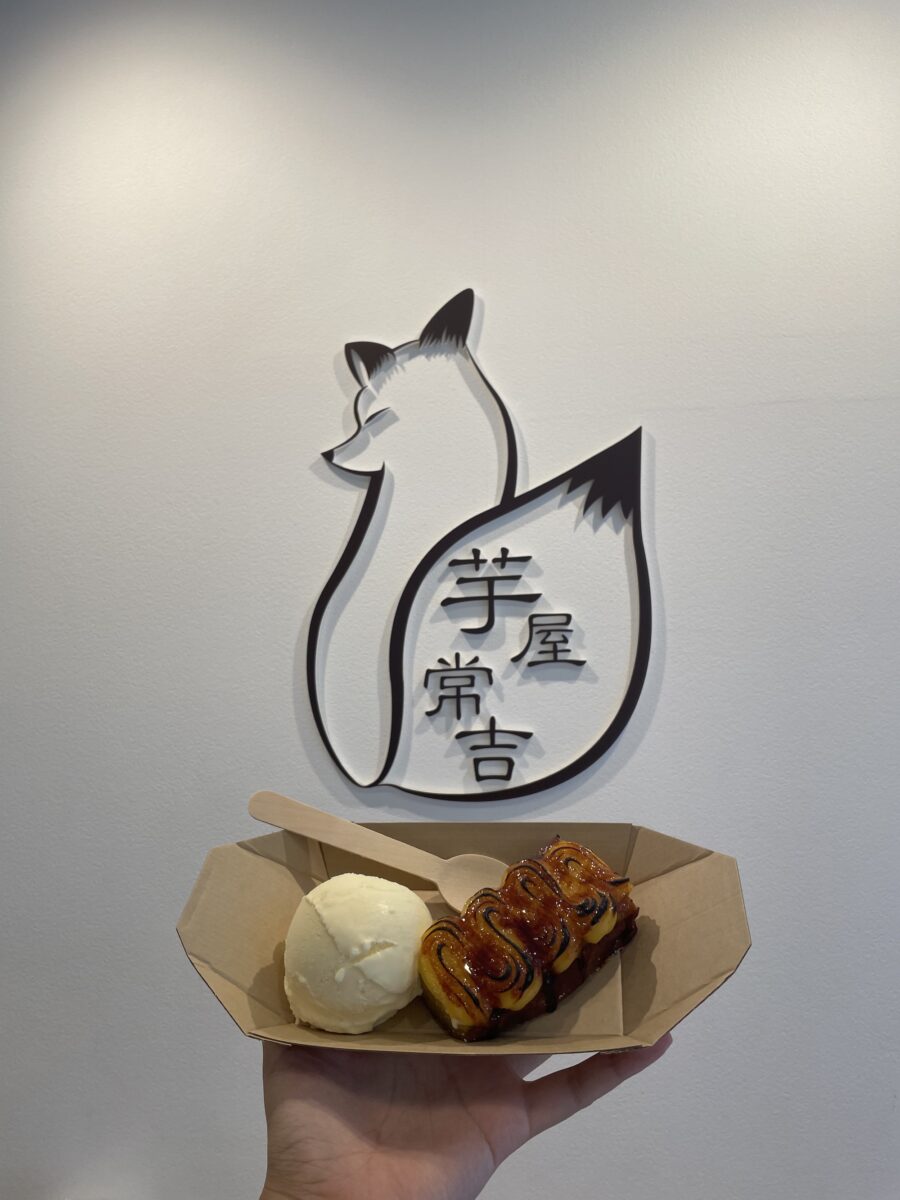
While Kyoto is known for its world-heritage sites, thousands of Shinto shrines and Buddhist Temples, geisha, and traditional Japanese architecture…there’s much less talk about the local cuisine and souvenirs of Kyoto. But no matter where you travel, you still gotta eat 3 meals a day!
Some links on this page are affiliate links. We may earn a commission if you make a purchase, at no additional cost to you.
If you’re unsure what to try, check out these local delicacies you can try only in Kyoto. As a bonus, famous local souvenirs are also listed so you can bring a taste of Kyoto, Japan, to your friends and family back home.
If you’d like a guide to show you all the great places to find these treats, check out these food tours at GoWithGuide. Then, message the guide to tailor a tour just for you.
I’ve divided the recommendations based on whether they’re on the fancy end ($200+) or prefer reasonably priced local food popular with locals and tourists alike (~$50). Be sure to check out my personal favorite — the famous Kyoto sweets section.
Local Kyoto Favorites (Under $100)
Trip Planning Tips
Airfare deals – find your best deal.
Lodging deals – from capsules to luxury stays.
Guided Tours – customized or pre-made.
Travel Insurance – just in case.
SIMs/eSIMS – data or voice, text, & data. 25% off long-term voice, text, and data
Unlike other big cities, Kyoto’s local cuisine tends to be quite plain and focuses on the quality of the ingredients. There are no intricate dishes like motsunabe in Fukuoka, or fancy A5 rank wagyu like in Tokyo.
This is largely due to Kyoto’s history as the hearth of Buddhism with vegetarian cuisine for monks, as well as its geography; being inland and far from the ocean, but with abundant fresh and groundwater, Kyoto cuisine places an importance on non-meat dishes, and preservation through pickling or fermenting.
This will be evident in the following local famous dishes that both Japanese and overseas tourists love:
1. Yudofu: Kyoto simmered tofu
Average Cost: ¥1,500 to ¥3,500 ($10 to $25 USD) per person.
Yudofu, or simmered soft tofu served with vegetables and condiments, is one dish representative of Kyoto’s culture and history. It was originally served as temple cuisine for Buddhist monks.
With Kyoto’s high-quality spring water, the tofu produced here is tender and delicious—considered some of the best tofu in Japan. This is enhanced when served as Yudofu, with seasonal vegetables, dipping sauces, and other toppings like spring onion or grated daikon radish.
2. Saikyo Yaki: Kyoto Miso Grilled Fish
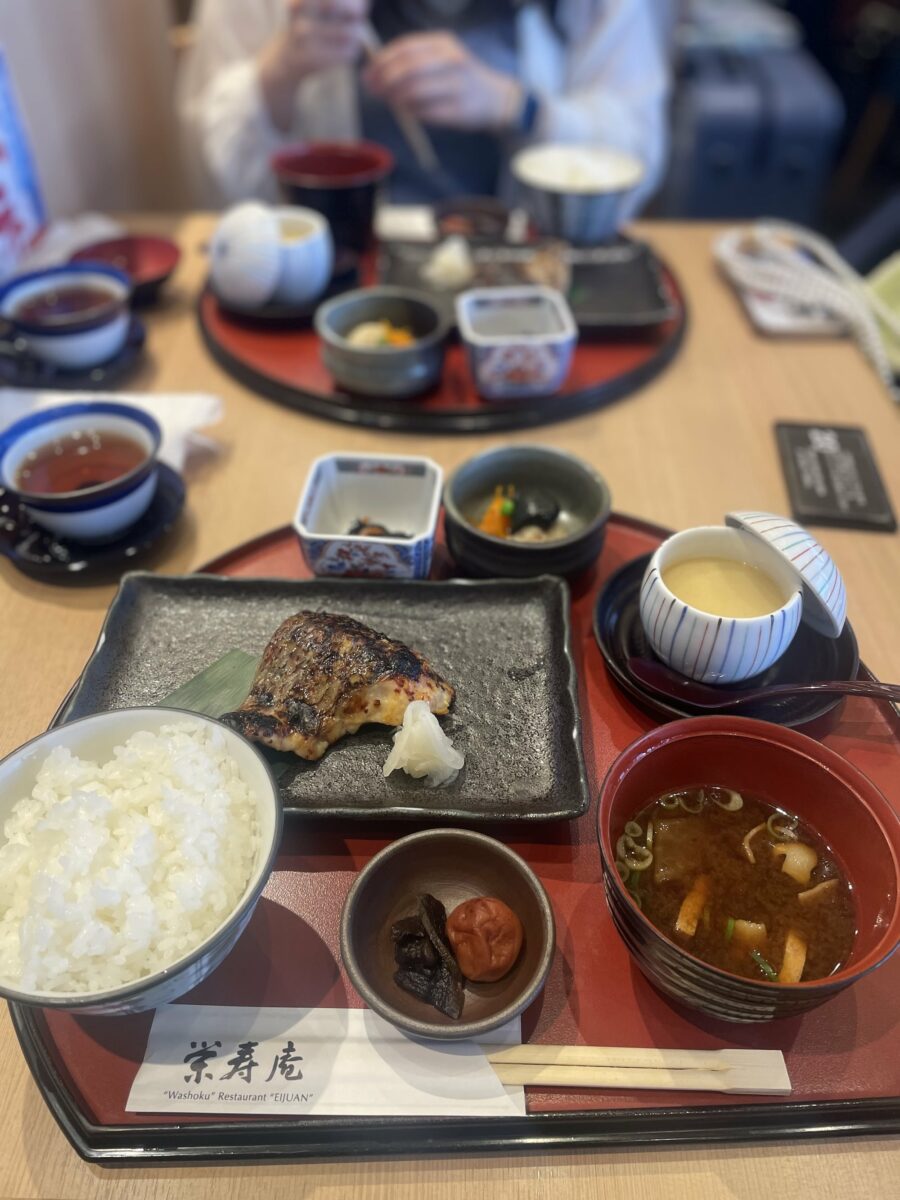
Average Cost: ¥1500 to ¥3,500 ($10 to $25 USD) per set.
Grilled fish marinated in white miso is a local delicacy but has since spread to other parts of Japan.
Made mainly with mackerel, sea bream, or cod marinated in Kyoto-style miso for at least one night, Saikyo yaki is bursting with umami without being overbearingly salty.
The Kyo in the name stands for Kyoto, and saikyo yaki literally translates to “West Kyoto Grill”.
3. Yuba: Tofu Skin
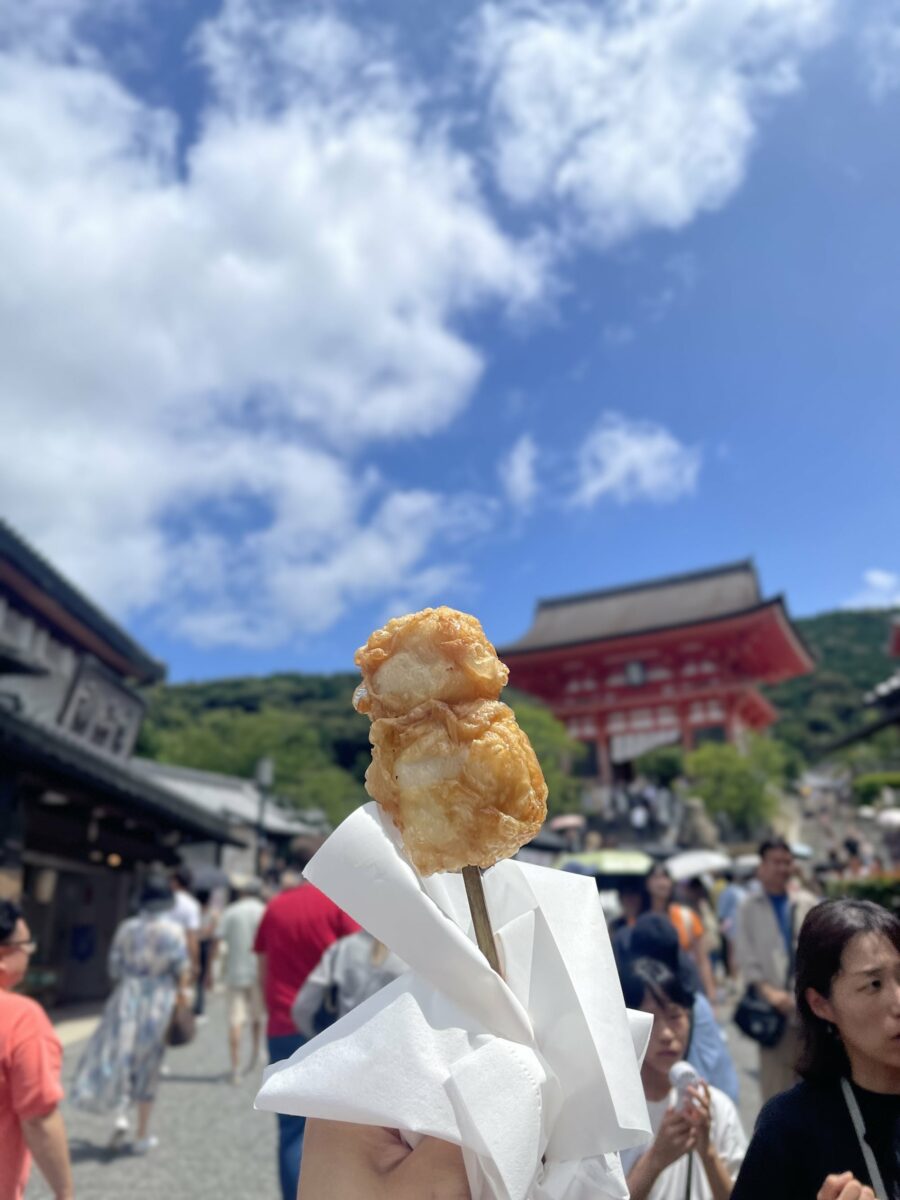
Average Cost: ¥1,000 to ¥3,000 ($7 to $21 USD) per person.
Rarely found in other parts of Japan, Yuba, or tofu skin, can be served boiled as a side dish. Its mild flavor makes it quite healthy and one of the most popular foods Kyoto is known for.
In recent years, deep friend Yuba wrapped around cheese or meat has become a popular street food around temples and shrines.
4. Kyo-tsukemono: Kyoto-style Pickles
Average Cost: ¥500 to ¥1,500 ($4 to $11 USD) per package.
Tsukemono is eaten and sold all over Japan, but Kyoto’s version has a lighter and brighter flavor than other places.
Kyoto is famous for tsukemono because of the aforementioned Buddhism and vegetarian culture, but also because Kyoto grows abundant produce in the summer.
Being far from the ocean and unable to depend on the sea for resources like much of Japan, Kyotolites had to find ways to preserve food for winter when food was scarce.
Today, Kyo-tsukemono is an indispensable part of the everyday dinner table and restaurants alike. It’s also a great souvenir to bring home for friends and family!
5. Kyozushi: Kyoto-style Sushi
Average Cost: ¥2,500 to ¥5,000 ($17 to $35 USD) per person.
Sushi and sashimi in the rest of Japan are generally fresh, raw salt-water fish– the fresher the better! Contrary to this, Kyoto’s inland location gave rise to a unique style of “preserved sushi”, usually cured with salt or vinegar. Saba-zushi, or mackerel sushi, is a great example of mackerel marinated with vinegar on sushi rice and can now be found in other parts of Japan as well.
With its emphasis on marination and preservation techniques, Kyoto’s sushi provides a much different culinary experience than Tokyo-style sushi. The preserved fish gives the sushi a layered flavor profile that pairs well with the local Japanese sake.
6. Matcha: Japanese Green Tea
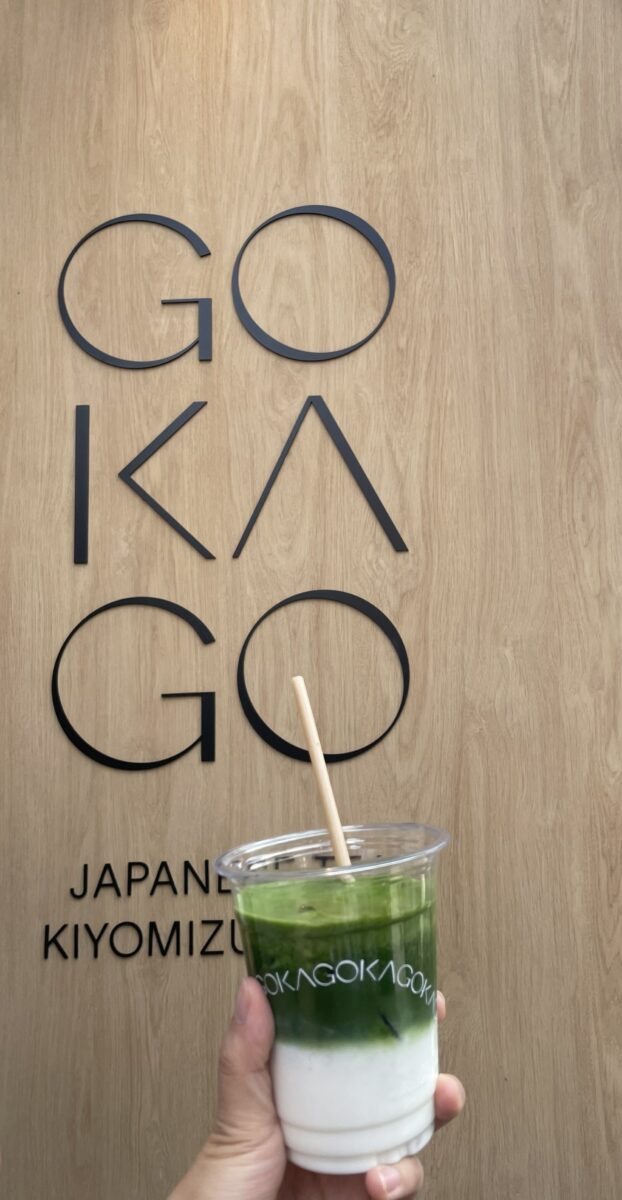
Average Cost: ¥500 to ¥1,500 ($4 to $11 USD) per serving or drink, depending on the store/brand.
Popular as a superfood even in the West, the world-famous Uji Matcha is produced in Uji, Kyoto. Matcha is used in Japanese tea ceremonies, which are a huge part of Kyoto culture and historically a common part of a geisha’s performance.
You can find many-a cafe and matcha specialty shops with Uji and other brands of freshly ground, vivid green matcha powder, or those that serve matcha lattes, parfaits, and more in Kyoto.
Higher End Delicacies ($200+)
If you’re looking for something fancy: try Kaiseki ryori.
Kaiseki ryori is a course meal that uses high-quality, seasonal local ingredients and is served in several courses. With deep roots in temple cuisine and tea ceremony culture, each dish is meticulously crafted and beautifully plated to create the best balance of flavor, textures, and colors.
Kaiseki ryori is more than a meal– it truly is an art form dedicated to presentation and balance of flavor profiles, with a focus on bringing out the best of each individual ingredient and dish.
These restaurants are often very traditional, with tatami seating, and sometimes have seats overlooking gorgeous Japanese gardens. Look to spend about anywhere between $200 to upwards of $500 for this type of dinner.
Wagashi: Kyoto Sweets
Kyoto is known for many different foods, but is extremely famous for sweets–especially “wagashi“, or Japanese-style sweets. This is in part due to the prevalence of tea ceremony culture, where a seasonal sweet is always served with the bitter matcha.
1. Yatsuhashi: Red bean wrapped in sweet rice
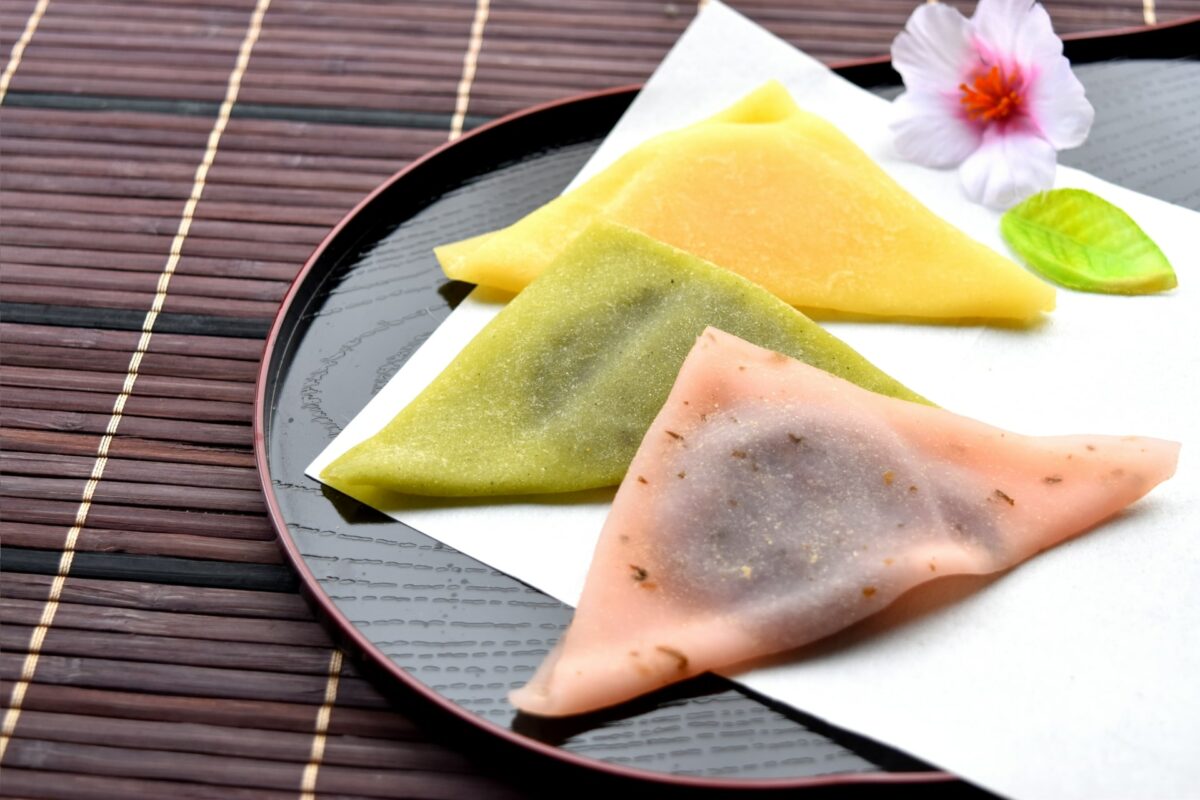
A chewy rice treat with red bean paste in the middle, Yatsuhashi comes in different flavors, such as plain, green tea, strawberry, or mango. “Nama-yatsuhashi” is a fresher version with a shorter expiration date and is deliciously soft and sweet.
With a history of over 300 years, Yatsuhashi has remained steadily popular as a Japanese sweet. It is lower in calories than most Western sweets. It is the queen of all Kyoto sweets and is recognizable all over Japan as the representative of Kyoto souvenirs.
2. Kyo-Baum: Matcha flavored Baumkuchen
Kyo-Baum, an abbreviation of Kyoto Baumkuchen, is a matcha-flavored cake that has become popular in recent years. Though it is not traditional like Yatsuhashi, it is nonetheless delicious and picture-worthy, making it popular with the younger Japanese crowd.
3. Matcha Flavored Sweets
Of course, as its birthplace, any trip to Kyoto wouldn’t be complete without some form of Matcha flavored sweet! Be it chocolate, cake, or a parfait– definitely be on the look out for cafes and specialty shops.
Souvenir Recommendations
As listed above, Kyoto-style pickles, nama-yatsuhashi, matcha powder, and Kyo-baum are all yummy souvenirs that provide a taste of Kyoto. They are also easily transportable, have long expiration dates, are affordable, and won’t get caught at customs and immigration.
Some great non-food souvenir would be incense made in Kyoto, Japanese washi oil blotting paper, or a paper fan with Japanese designs, which are all famous in the region.
Conclusion
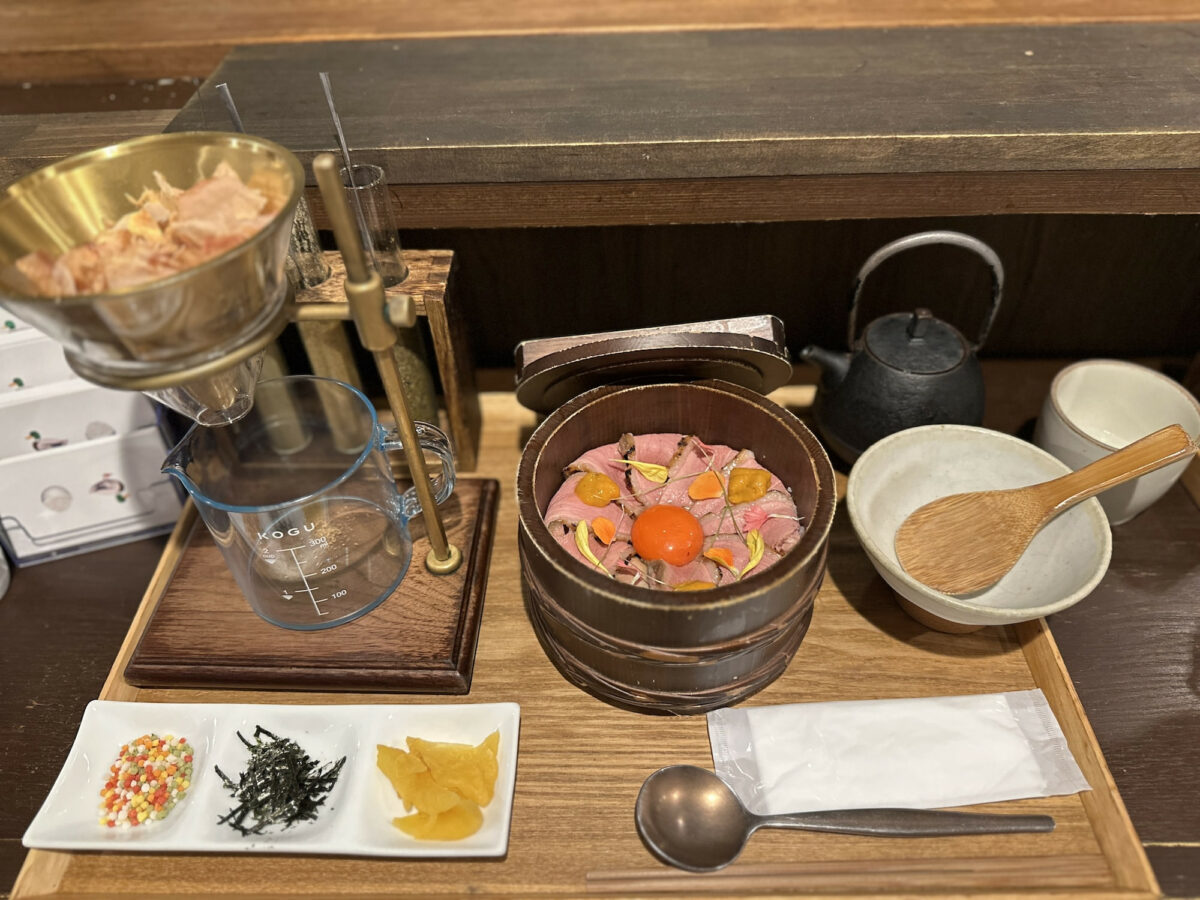
With a dedication to simplicity and seasonality, Kyoto cuisine is a completely different experience from food anywhere else in the world—even within Japan itself. The city’s deep roots in Buddhism, climate, and geography have thoroughly shaped its food culture into the unique form it takes today.
Of course, modern-day Kyoto has fast food restaurants and other specialties like steak or duck rice, too– but if you want a truly immersive experience, definitely try Yudofu or Saikyo-yaki for a taste of old Kyoto. If you have a higher budget, book a reservation for Kaiseki ryori to truly experience Kyoto’s history and artful presentation in food.
And don’t miss out on the decadent Japanese sweets that Kyoto is known for, such as Yatsuhashi or matcha parfaits!

Leave a Reply